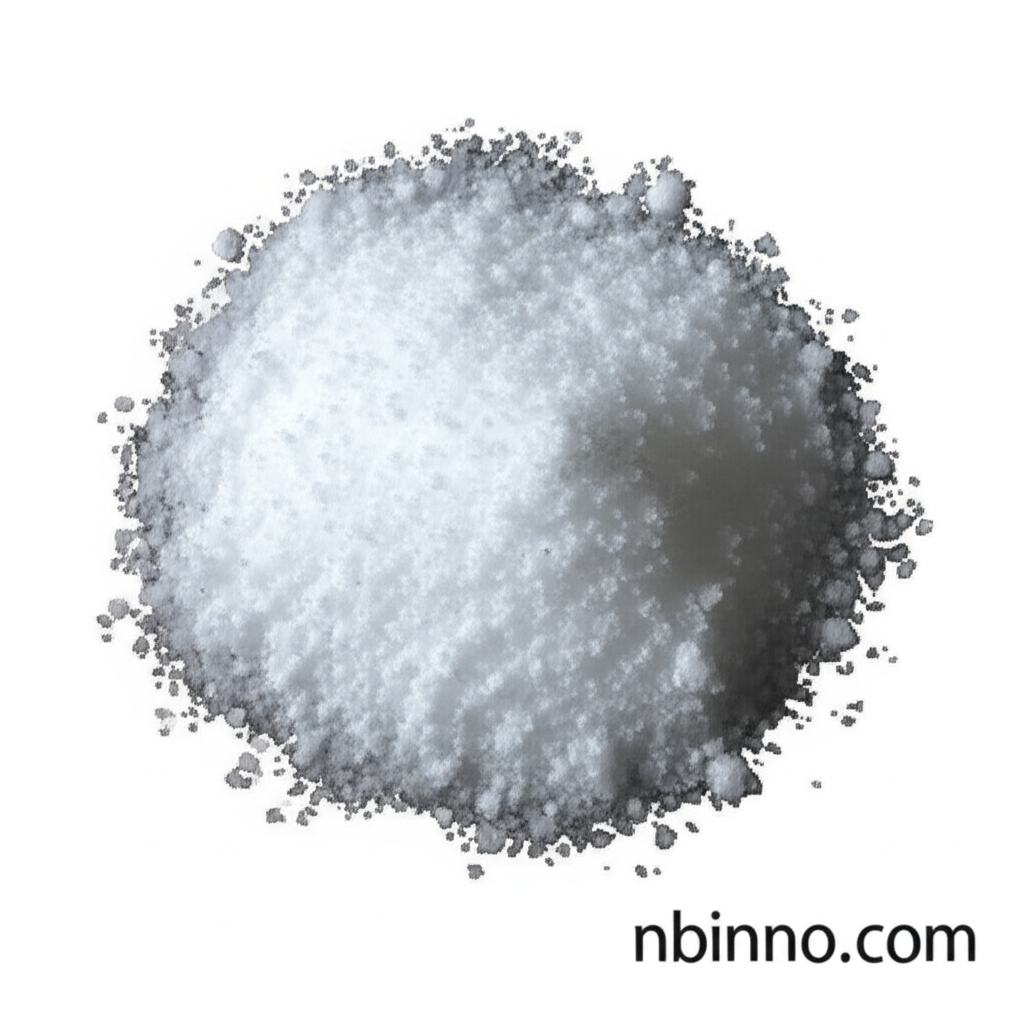5-Bromo-2-Methylpyridin-3-Amine: Your Key Intermediate for Innovation
Unlock new possibilities in pharmaceuticals and agrochemicals with this essential chemical building block.
Get a Quote & SampleProduct Core Value

5-Bromo-2-Methylpyridin-3-Amine
This high-purity chemical compound, identified by CAS 914358-73-9, is a vital component in advanced organic synthesis. Its unique structure makes it indispensable for creating complex molecules essential for pharmaceutical and agrochemical applications, driving innovation in these critical sectors.
- Unlock the potential of 5-bromo-2-methylpyridin-3-amine synthesis for groundbreaking research projects.
- As a CAS 914358-73-9 pharmaceutical intermediate, it plays a crucial role in drug development pipelines.
- Leverage this organic compound pyridine derivative as a versatile building block for novel agrochemical solutions.
- Utilize its properties as a fine chemical building block to accelerate your discovery and development processes.
Key Advantages
Purity and Reliability
Benefit from a high-purity 5-bromo-2-methylpyridin-3-amine, ensuring reliable outcomes in your pharmaceutical research chemical applications.
Versatile Applications
Explore the wide applications of this compound in agrochemical synthesis intermediates and beyond, facilitating diverse research needs.
Streamlined Synthesis
Achieve efficient synthesis pathways using this readily available organic compound pyridine derivative, saving valuable time and resources.
Key Applications
Pharmaceutical Development
As a critical CAS 914358-73-9 pharmaceutical intermediate, it's essential for synthesizing novel drug candidates targeting various diseases.
Agrochemical Innovation
Employ this fine chemical building block in the creation of advanced pesticides and herbicides for improved crop protection.
Materials Science Research
Investigate the potential of this heterocyclic compound in developing new materials with enhanced properties.
Biochemical Studies
Utilize this research chemical to study biological pathways and enzyme interactions, furthering our understanding of life sciences.
